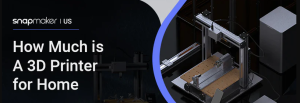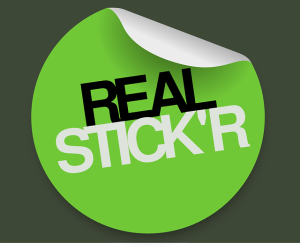
There was a time when makers did not trust 3D printing technology. However, times have changed. Currently, 3D printing is one of the most preferred printing technologies. Before deciding to pay for a particular 3D printer, one has to conduct enough research about that printer to ascertain whether it will serve the required purposes. Therefore, the most important question is: What is 3D printer technology that is embedded in the printer of choice? Answering this question will lead to the acquisition of a 3D printer that not only guarantees the profitability of endeavors but also lifetime happiness during the making process. Knowing the 3D printing technology available is important because there are many options from which one can pick, making it more difficult than ever to know which 3D printer might be right for you. The following is a guide on how to choose the right 3D printer for you.
A guide on what 3D printer to buy
- Compare the available 3D printing technologies
What is 3D printer technology in the 3D printer of your choice? Stereolithography (SLA) is the first of three forms of 3D printing technology. This unique printing process involves the transformation of liquid material into a solid item. The second form is selective laser sintering (SLS), which is similar to SLA except that powder is used instead of liquid. Finally, there is FDM technology. Understanding these categories will assist you in narrowing down the type of 3D printer you wish to utilize.
- Know the seller’s reputation
The seller’s reputation is as important as the 3D printer itself. Some 3D printer dealers stock counterfeit machines which do not meet the buyers’ expectations. Therefore, it is advisable to contact only those manufacturers whose workmanship is tested and proven. For instance, a company like Snapmaker has received numerous accolades across the internet for the top-notch machines they manufacture. Going for one of their 3D printers will offer more value for your money than any other manufacturer who could claim to offer products at lower prices.
- The quality of printed materials
Is the 3D printer that you wish to purchase able to produce high-quality print-outs? Whether it is graphics, text, or photographs that you wish to print, the 3D printer should produce high-quality prints. To ascertain that it will manage the work at hand, the buyer should measure the printer’s dots per inch (dpi) of the printout. If the dpi is higher, then the end product is likely to be more detailed, unlike when the dpi is lower. Generally, the best 3D printer should produce printouts with a dpi ranging between 600 and 1200 for non-colored prints and up to 2400 for colored prints.
- Printing speed
The speed of any 3D printer is equally important as this determines the profits one is likely to reap from using the printer. A slower 3D printer consumes time and more resources than a faster one. This means that a slower 3D printer’s return on investment is smaller compared to a faster one. Given that the aim of any business is to achieve profits, one should go for a printer with higher prospects for profits. With a faster 3D printer, one does not have to wait around for ages as it churns out the print documents.
In conclusion, it is clear that the internet has made it easier for makers to access information about any printer in the world, regardless of where it is located. Equally, one can purchase from any place and have it delivered to the doorstep regardless of the distance. Therefore, one should not shy away from inquiring about a good 3D printer found online for fear of the distance. Most importantly, before buying any printer, you should ask and answer the question: what is a 3D printer? If you understand what 3D printing means, then you can go ahead and order the best 3D printer for the very purpose that you understand.





